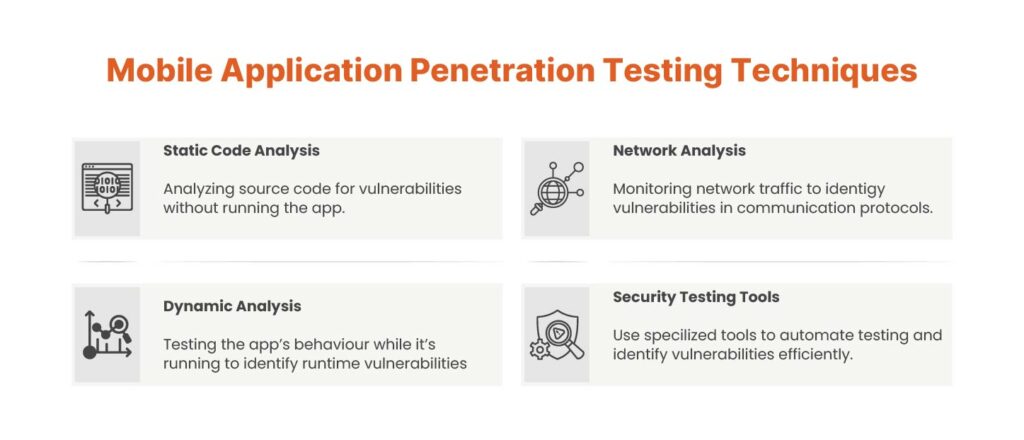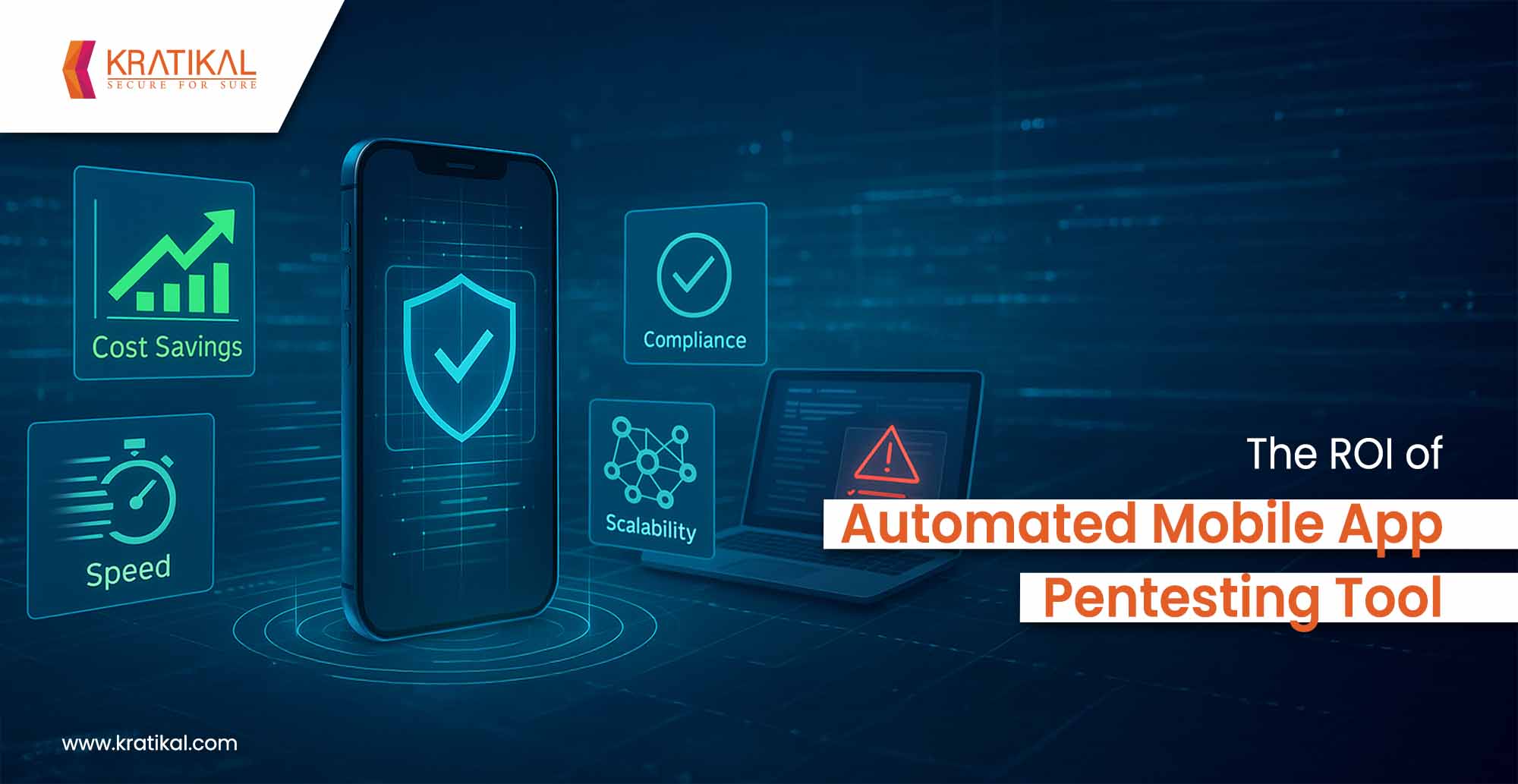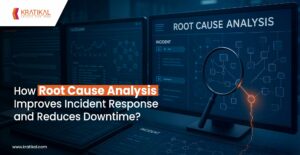Mobile applications have become the backbone of digital business. From banking and healthcare to retail and social media, organizations rely on mobile apps to deliver seamless customer experiences. However, this convenience also comes with risks. Hackers are constantly searching for vulnerabilities in mobile applications, and even a minor flaw can lead to massive data breaches, financial loss, or regulatory penalties. To mitigate these risks, penetration testing—or pentesting—has long been a standard practice. Traditionally, penetration testing has been a manual, time-intensive process that requires specialized skills and a significant investment. But as businesses demand faster development cycles and continuous security assurance, the traditional model struggles to keep up. This is where an automated mobile app pentesting tool comes into play.
By reducing the time, cost, and complexity of security testing, automation not only strengthens security but also provides measurable returns on investment (ROI). Let’s explore how automated mobile app pentesting tools transform security testing from hours to minutes and why they are becoming indispensable for modern enterprises.
Table of Contents
The Pain Points of Traditional Mobile App Pentesting
Before diving into ROI, it’s important to understand why manual pentesting can be a bottleneck:
- Time-Consuming: Manual pentesting can take weeks or even months, depending on the scope and complexity of the application. For businesses with frequent updates or multiple apps, this is impractical.
- High Costs: Skilled pentesters come at a premium. The cost of hiring external consultants for every release cycle quickly adds up, especially for enterprises managing a portfolio of mobile applications.
- Limited Coverage: Even the best manual testers can only cover so much in a limited timeframe. Certain vulnerabilities may go undetected due to human oversight or constraints in testing methodologies.
- Incompatibility with Agile/DevOps: With businesses adopting CI/CD pipelines, software development moves at lightning speed. Traditional pentesting cannot match the pace of continuous releases.
These challenges highlight the need for a faster, more scalable approach—automated pentesting.
The ROI of Automated Pentesting: From Hourse to Minutes

Shifting from manual to an automated mobile app pentesting tool brings tangible ROI for organizations. Let’s break it down:
Time Saving
Traditional penetration testing requires days of effort by skilled professionals. In contrast, automated tools perform complete scans in under an hour. This rapid feedback loop allows development teams to fix vulnerabilities immediately, avoiding delays.
Example: A fintech company with 10 mobile apps, each updated monthly, would traditionally spend thousands of man-hours annually on testing. With automation, almost they save 70–80% of this time, accelerating release cycles without compromising security.
Cost Efficiency
Hiring external pentesters can cost tens of thousands of dollars per engagement. While automation requires an upfront investment in licensing or subscriptions, the long-term cost is significantly lower.
Example: A mid-sized enterprise spending a large amount of money annually on manual pentesting could cut costs by 50% or more by adopting automated mobile app pentesting tool.
Scalability
As organizations grow, so does their mobile app ecosystem. Automation allows security teams to test multiple applications simultaneously, something nearly impossible with a fully manual approach.
Example: An e-commerce company launching seasonal shopping apps can test them in minutes without waiting for a consultant’s availability.
Consistency and Accuracy
An automated mobile app pentesting tool ensures standardized coverage, reducing the likelihood of missed issues.
Benefit: A consistent approach improves compliance readiness and minimizes risks of regulatory fines.
Faster Remediation and Reduced Data Breach Costs
By identifying vulnerabilities early in the development cycle, an automated mobile app pentesting tool like AutoSecT enables early fixes. Early remediation costs far less than patching in production or after a breach.
Fact: According to IBM’s Cost of a Data Breach Report, the average cost of a breach is $4.45 million. Preventing even one breach through automation justifies the investment many times over.
Book Your Free Cybersecurity Consultation Today!
What Factors Can Impact The Accuracy of Your ROI Calculations?
Calculating ROI’s for automation isn’t always straightforward.
- Assigning a clear monetary value to factors like bug costs, product quality, or automation success can be difficult.
- The ongoing expenses of running new test suites are often unpredictable.
- Overlooking onboarding and training costs for an in-house mobile app automation team can skew results.
- Some software defects may still slip past automation.
- A balanced QA team with both manual and automation testers is essential; otherwise, ROI accuracy may suffer.
Balancing Automation and Manual Testing
While automation is revolutionizing the way organizations secure their applications, it’s important to remember that it doesn’t entirely replace the value of human expertise. Instead, the most effective security strategy combines the strengths of automated mobile app pentesting tools with the precision and creativity of manual penetration testing—a hybrid approach that balances speed with depth.
The Role of Automation
Automated tools are designed to perform repetitive, high-frequency tasks that would otherwise consume countless hours of a security team’s time. Their primary strengths include:
- Rapid vulnerability scanning for common and well-known flaws, such as OWASP Mobile Top 10 vulnerabilities.
- Baseline security checks that can be repeated consistently across every app version without variation in quality.
- Instant reporting with remediation insights, giving developers immediate feedback to fix issues early.
In essence, automation ensures that no “basic” vulnerabilities are missed and that security keeps pace with fast-moving release schedules.
Role of Manual Testing
On the other hand, manual mobile penetration testing brings human intelligence and creativity into the equation. Skilled pentesters can:
- Identify business logic flaws—unique vulnerabilities specific to how an application processes data or transactions.
- Simulate attack scenarios that automated tools may not detect, such as advanced chaining of vulnerabilities.
- Apply contextual judgment, determining which risks pose the highest impact in the real environment.
- Explore zero-day vulnerabilities and unconventional exploits that go beyond automated pattern recognition.
Manual expertise adds depth and nuance, focusing on the “unknown unknowns” that automation cannot predict.
Get in!
Join our weekly newsletter and stay updated
Hypothetical Example For Mobile App Pentesting Tool
Let’s imagine a healthcare provider whose mobile app manages sensitive patient data, appointments, and prescriptions.
Before Automation
A healthcare provider’s mobile app handled patient data, appointment bookings, and digital prescriptions. Every update had to go through manual mobile penetration testing, which often took two weeks to complete. This slowed down critical feature rollouts, such as telemedicine integrations, and increased costs due to frequent reliance on external pentesters.
After Automation
The provider adopted an automated mobile app pentesting tool, integrating it directly into their CI/CD pipeline. Routine scans for OWASP Mobile Top 10 vulnerabilities and compliance-related checks (HIPAA, GDPR) were completed in less than an hour. The security team now received instant remediation reports, while manual testers were engaged quarterly for advanced assessments.
The Outcome
Release cycles accelerated, with new features reaching patients faster.
Compliance reporting became easier, as automated tools generated structured evidence for audits.
Security posture improved, reducing the risk of exposing sensitive patient records.
Operational costs dropped, as dependency on constant manual testing decreased.
Conclusion
While traditional mobile penetration testing has been invaluable, its time-consuming and costly nature makes it difficult to keep up with rapid development cycles. By adopting an automated mobile app pentesting tool, organizations can transform testing from a slow, reactive process into a fast, proactive one—reducing risks, saving costs, and accelerating release cycles.
The ROI goes far beyond financial savings. Automation ensures consistency, scalability, and compliance readiness, while manual testing continues to provide depth and creativity. Together, this hybrid approach offers the best of both the speed of automation and the insight of human expertise. For businesses looking to protect sensitive data, maintain customer trust, and deliver secure apps at the pace of innovation, investing in automation isn’t just a technological upgrade—it’s a strategic advantage.
FAQs
- How does automation improve ROI compared to manual pentesting?
Automated tools reduce testing time from days to minutes, lower manpower costs, and provide consistent, repeatable results, leading to faster delivery.
- Why should I calculate ROI for automated mobile app pentesting?
ROI helps quantify the value of automation by comparing cost savings, faster release cycles, and reduced breach risks against the investment in the tool.








Leave a comment
Your email address will not be published. Required fields are marked *